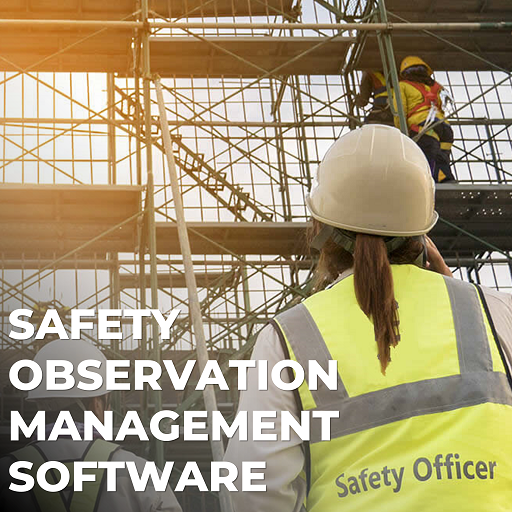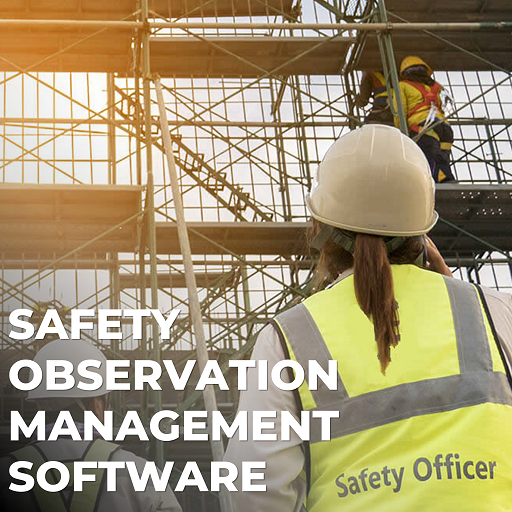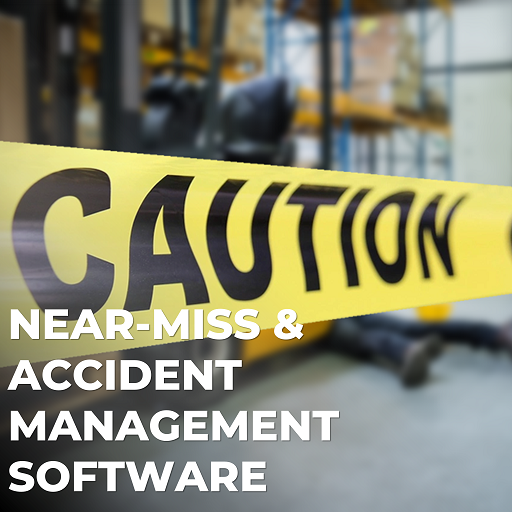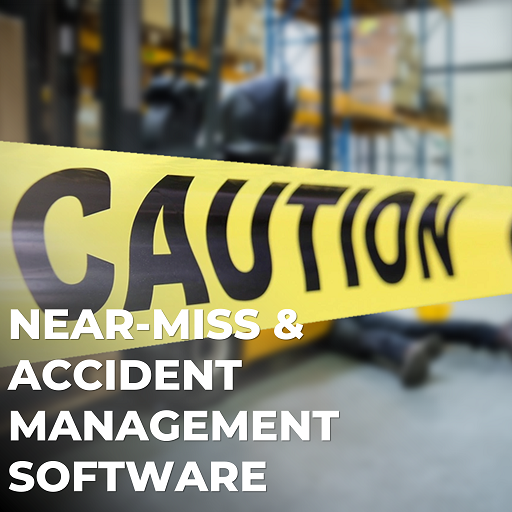How EHS Observation Management Software Helps Close Safety Gaps Introduction In dynamic work environments, safety gaps often arise due to missed observations, delayed reporting, or inconsistent follow-ups. These gaps expose organizations to risks and compliance issues. EHS Observation Management Software bridges this gap by digitizing the observation process, improving communication, and ensuring timely corrective actions.…
EHS Observation Management Software: Top Features Explained Introduction EHS Observation Management Software is transforming how organizations manage workplace safety, compliance, and risk. Traditional observation systems often rely on paperwork or spreadsheets, leading to delays, errors, and missed hazards. In contrast, digital solutions streamline hazard identification, reporting, and corrective actions. By using EHS Observation Management Software,…
Routine safety walkthroughs are critical—but doing them efficiently matters even more. When combined with Safety Walkthroughs EHS Tools, these inspections become more than checklists—they become powerful processes that drive real improvements. With mobile access, real-time reporting, and automated tracking, EHS tools modernize walkthroughs and help prevent accidents before they happen. Conducting Effective Safety Walkthroughs With…
Safety inspections keep workplaces compliant, efficient, and injury-free. But paper-based methods slow teams down, miss details, and waste resources. In contrast, Digital Safety Inspection Checklists bring speed, structure, and consistency. Whether used on mobile or desktop, these tools enhance accuracy, accountability, and risk reduction. The Role of Digital Checklists in Improving Safety Inspections Speed Up…
In high-risk industries, safety can’t be left to chance. EHS Software Risk Mitigation helps companies predict, prevent, and respond to hazards more effectively. Gone are the days of paper-based safety programs. Today’s EHS platforms enable proactive strategies that align with business goals and reduce operational risks across the board. Leveraging EHS Software for Risk Mitigation…
The Importance of Near Miss Hazard Reporting in Workplace Safety Near Miss Hazard Reporting every workplace contains potential hazards that, if ignored, can eventually lead to serious accidents. However, not all incidents result in immediate injuries—many serve as warning signs of underlying risks. These unnoticed events, known as near misses, provide valuable opportunities for organizations…
Embracing a Proactive Approach with Behavior-Based Safety Software Behavior-Based Safety Software has evolved significantly over the years. Organizations are no longer relying solely on reactive measures to manage workplace hazards; instead, they are embracing a proactive, prevention-focused approach. Rather than waiting for accidents to occur and then responding, companies are now utilizing behavior-based safety software…
Proactive Safety Management: Prevent Risks Before They Happen Workplace safety should always be a core priority, not an afterthought. Organizations that adopt a proactive approach to proactive safety management gain a significant advantage by preventing incidents before they happen rather than merely responding to accidents after the fact. By leveraging real-time monitoring, predictive analytics, and…
Proactively Safeguard Your Workplace with Accident Prevention Software Maintaining a safe work environment requires proactive strategies, making accident prevention software an essential tool for organizations. This powerful solution helps businesses quickly identify potential hazards, streamline safety reporting, and take immediate action to prevent accidents. As a result, companies protect both their employees and their bottom…
Building a Stronger Safety Culture with the Right Tools Fostering a safe and resilient work environment begins with the implementation of effective safety culture improvement tools. These tools play a crucial role in shaping behaviors, enhancing awareness, and reinforcing safe practices at every level of the organization. Moreover, a strong safety culture not only helps…
- 1
- 2










